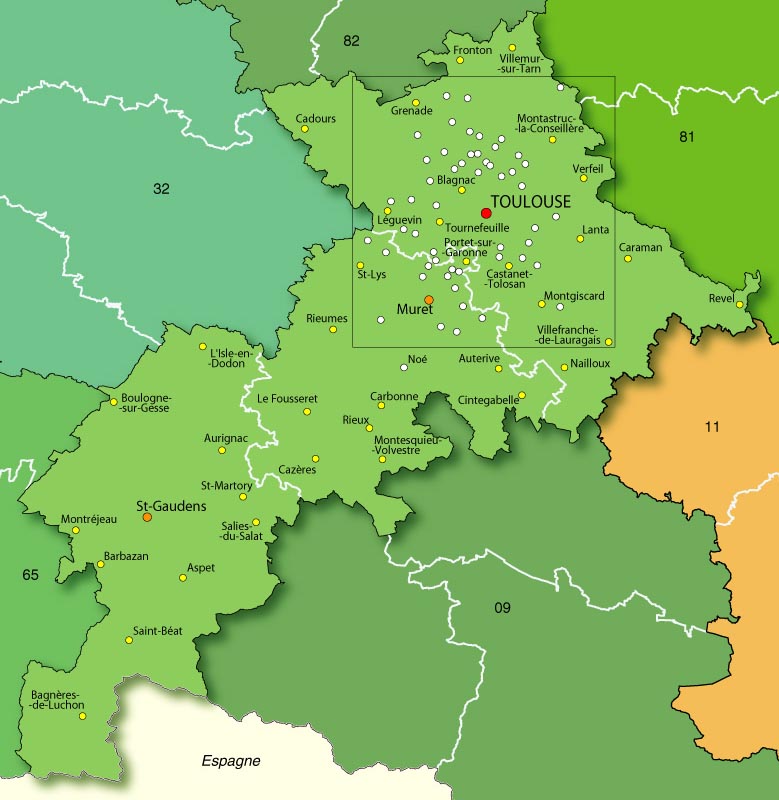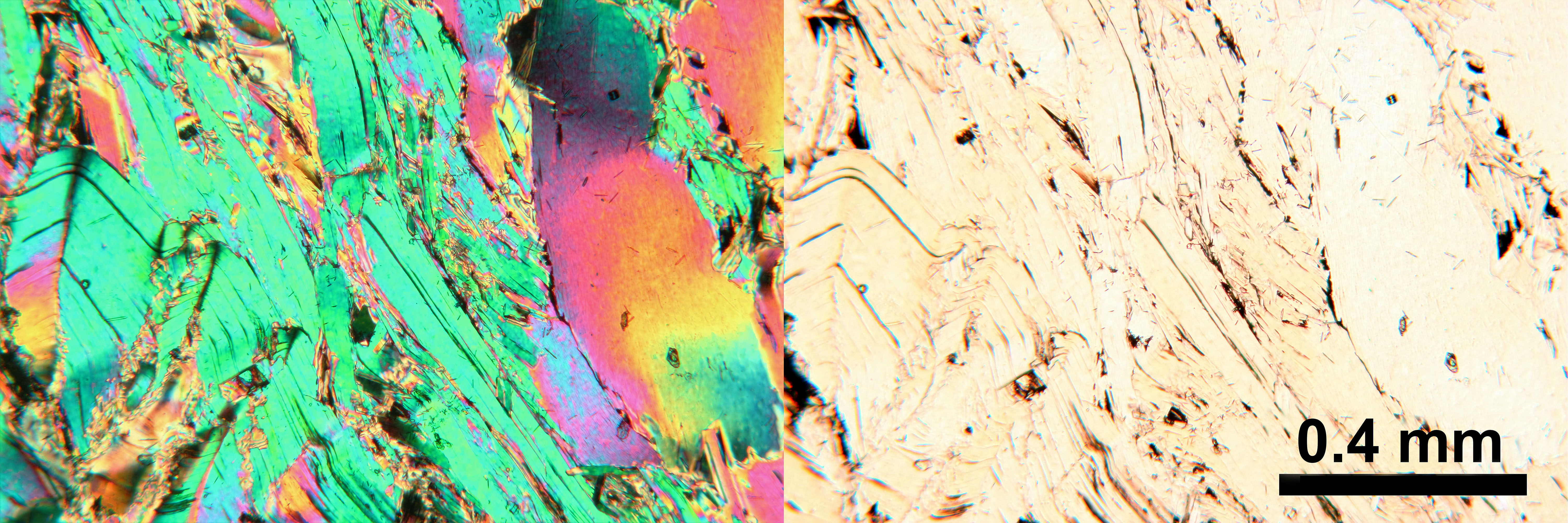|
Lac D'Espingo
Lac d'Espingo is a lake in Haute-Garonne, Pyrénées, France. At an elevation of 1882 m, its surface area is 0.076 km². In 1836, James David Forbes reported it had mica similar to the mica palmier in granite near Bagnères-de-Luchon. In 1940, Henri Gaussen Marcel-Henri Gaussen (14 July 1891 in Cabrières-d'Aigues (Vaucluse) - 27 July 1981 in Toulouse), was a French botanist and biogeographer. In 1926, he defended his thesis on "the vegetation of the eastern half of the Pyrenees", which laid the ... reported the lake sat nearly 2,000 meters above sea level and had 1.5 meters of rainfall per year. References Espingo {{HauteGaronne-geo-stub ... [...More Info...] [...Related Items...] OR: [Wikipedia] [Google] [Baidu] |
Haute-Garonne
Haute-Garonne (; oc, Nauta Garona, ; en, Upper Garonne) is a department in the Occitanie region of Southwestern France. Named after the river Garonne, which flows through the department. Its prefecture and main city is Toulouse, the country's fourth-largest. In 2019, it had a population of 1,400,039.Populations légales 2019: 31 Haute-Garonne INSEE History Haute-Garonne is one of the original 83 departments created during the on 4 March 1790. It was created from part of the former provinces of an ...[...More Info...] [...Related Items...] OR: [Wikipedia] [Google] [Baidu] |
Pyrénées
The Pyrenees (; es, Pirineos ; french: Pyrénées ; ca, Pirineu ; eu, Pirinioak ; oc, Pirenèus ; an, Pirineus) is a mountain range straddling the border of France and Spain. It extends nearly from its union with the Cantabrian Mountains to Cap de Creus on the Mediterranean Sea, Mediterranean coast. It reaches a maximum altitude of at the peak of Aneto. For the most part, the main crest forms a divide between Spain and France, with the microstate of Andorra sandwiched in between. Historically, the Crown of Aragon and the Kingdom of Navarre extended on both sides of the mountain range. Etymology In Greek mythology, Pyrene (mythology), Pyrene is a princess who eponym, gave her name to the Pyrenees. The Greek historiography, Greek historian Herodotus says Pyrene is the name of a town in Celts, Celtic Europe. According to Silius Italicus, she was the virgin daughter of Bebryx, a king in Narbonensis, Mediterranean Gaul by whom the hero Hercules was given hospitality during his ... [...More Info...] [...Related Items...] OR: [Wikipedia] [Google] [Baidu] |
Reservoir
A reservoir (; from French ''réservoir'' ) is an enlarged lake behind a dam. Such a dam may be either artificial, built to store fresh water or it may be a natural formation. Reservoirs can be created in a number of ways, including controlling a watercourse that drains an existing body of water, interrupting a watercourse to form an embayment within it, through excavation, or building any number of retaining walls or levees. In other contexts, "reservoirs" may refer to storage spaces for various fluids; they may hold liquids or gasses, including hydrocarbons. ''Tank reservoirs'' store these in ground-level, elevated, or buried tanks. Tank reservoirs for water are also called cisterns. Most underground reservoirs are used to store liquids, principally either water or petroleum. Types Dammed valleys Dammed reservoirs are artificial lakes created and controlled by a dam A dam is a barrier that stops or restricts the flow of surface water or underground streams ... [...More Info...] [...Related Items...] OR: [Wikipedia] [Google] [Baidu] |
Lake
A lake is an area filled with water, localized in a basin, surrounded by land, and distinct from any river or other outlet that serves to feed or drain the lake. Lakes lie on land and are not part of the ocean, although, like the much larger oceans, they do form part of the Earth's water cycle. Lakes are distinct from lagoons, which are generally coastal parts of the ocean. Lakes are typically larger and deeper than ponds, which also lie on land, though there are no official or scientific definitions. Lakes can be contrasted with rivers or streams, which usually flow in a channel on land. Most lakes are fed and drained by rivers and streams. Natural lakes are generally found in mountainous areas, rift zones, and areas with ongoing glaciation. Other lakes are found in endorheic basins or along the courses of mature rivers, where a river channel has widened into a basin. Some parts of the world have many lakes formed by the chaotic drainage patterns left over from the la ... [...More Info...] [...Related Items...] OR: [Wikipedia] [Google] [Baidu] |
France
France (), officially the French Republic ( ), is a country primarily located in Western Europe. It also comprises of Overseas France, overseas regions and territories in the Americas and the Atlantic Ocean, Atlantic, Pacific Ocean, Pacific and Indian Oceans. Its Metropolitan France, metropolitan area extends from the Rhine to the Atlantic Ocean and from the Mediterranean Sea to the English Channel and the North Sea; overseas territories include French Guiana in South America, Saint Pierre and Miquelon in the North Atlantic, the French West Indies, and many islands in Oceania and the Indian Ocean. Due to its several coastal territories, France has the largest exclusive economic zone in the world. France borders Belgium, Luxembourg, Germany, Switzerland, Monaco, Italy, Andorra, and Spain in continental Europe, as well as the Kingdom of the Netherlands, Netherlands, Suriname, and Brazil in the Americas via its overseas territories in French Guiana and Saint Martin (island), ... [...More Info...] [...Related Items...] OR: [Wikipedia] [Google] [Baidu] |
James David Forbes
James David Forbes (1809–1868) was a Scottish physicist and glaciologist who worked extensively on the conduction of heat and seismology. Forbes was a resident of Edinburgh for most of his life, educated at its University and a professor there from 1833 until he became principal of the United College of St Andrews in 1859. He invented an inverted pendulum seismometer in 1842. Life and work Forbes was born on 20 April 1809 at 86 George Street in Edinburgh, the fourth son of Sir William Forbes, 7th Baronet, of Monymusk and Pitsligo (1773–1828) and Williamina Belches of Invermay. His brothers were the advocate and agriculturalist Sir John Stuart Hepburn Forbes of Fettercairn and Pitsligo and the banker Charles Forbes. He entered the University of Edinburgh in 1825, and soon afterwards began to contribute papers to the ''Edinburgh Philosophical Journal'' anonymously under the signature "Δ". At the age of nineteen he became a fellow of the Royal Society of Edinburgh, ... [...More Info...] [...Related Items...] OR: [Wikipedia] [Google] [Baidu] |
Mica
Micas ( ) are a group of silicate minerals whose outstanding physical characteristic is that individual mica crystals can easily be split into extremely thin elastic plates. This characteristic is described as perfect basal cleavage. Mica is common in igneous and metamorphic rock and is occasionally found as small flakes in sedimentary rock. It is particularly prominent in many granites, pegmatites, and schists, and "books" (large individual crystals) of mica several feet across have been found in some pegmatites. Micas are used in products such as drywalls, paints, fillers, especially in parts for automobiles, roofing and shingles, as well as in electronics. The mineral is used in cosmetics and food to add "shimmer" or "frost." Properties and structure The mica group is composed of 37 phyllosilicate minerals. All crystallize in the monoclinic system, with a tendency towards pseudohexagonal crystals, and are similar in structure but vary in chemical composition. Micas are ... [...More Info...] [...Related Items...] OR: [Wikipedia] [Google] [Baidu] |
Mica Palmier
Micas ( ) are a group of silicate minerals whose outstanding physical characteristic is that individual mica crystals can easily be split into extremely thin elastic plates. This characteristic is described as perfect basal cleavage. Mica is common in igneous and metamorphic rock and is occasionally found as small flakes in sedimentary rock. It is particularly prominent in many granites, pegmatites, and schists, and "books" (large individual crystals) of mica several feet across have been found in some pegmatites. Micas are used in products such as drywalls, paints, fillers, especially in parts for automobiles, roofing and shingles, as well as in electronics. The mineral is used in cosmetics and food to add "shimmer" or "frost." Properties and structure The mica group is composed of 37 phyllosilicate minerals. All crystallize in the monoclinic system, with a tendency towards pseudohexagonal crystals, and are similar in structure but vary in chemical composition. Micas are ... [...More Info...] [...Related Items...] OR: [Wikipedia] [Google] [Baidu] |





